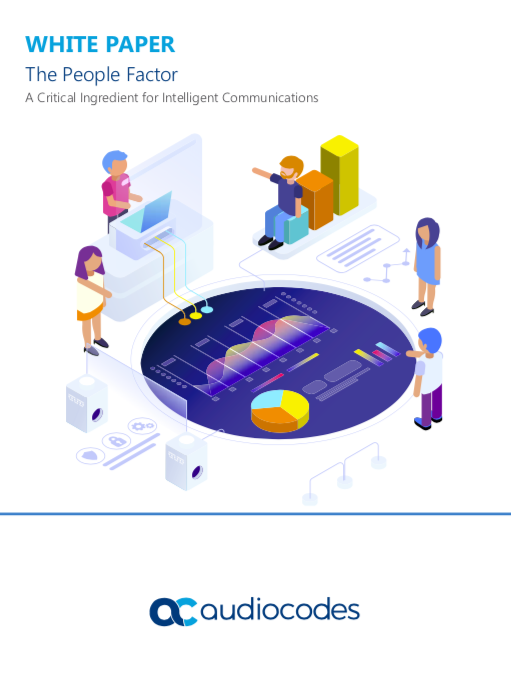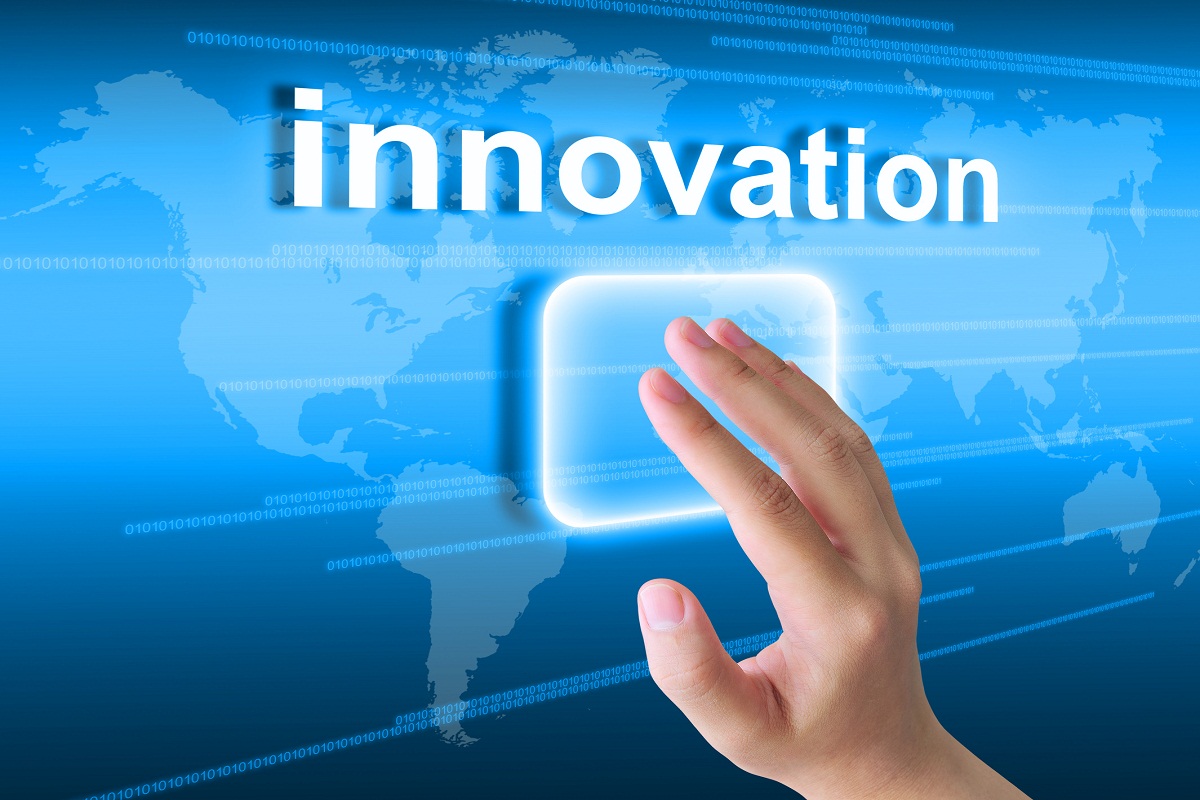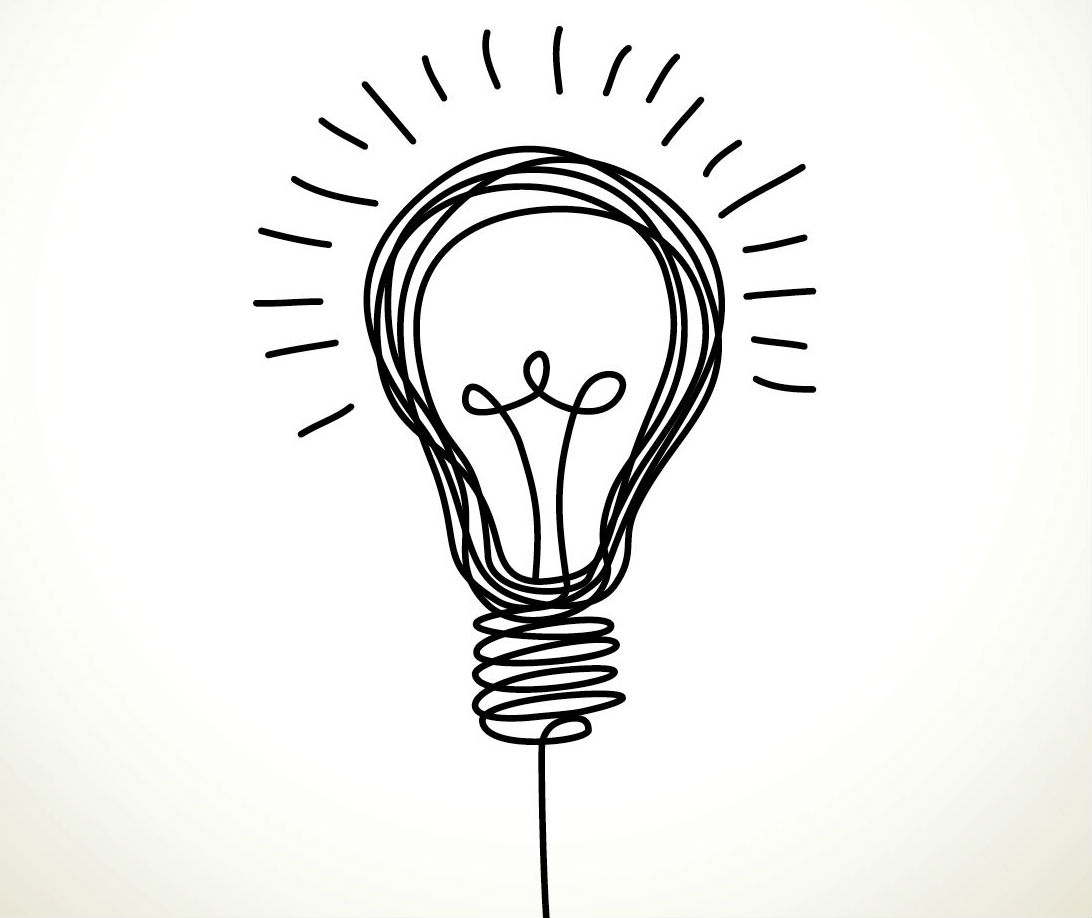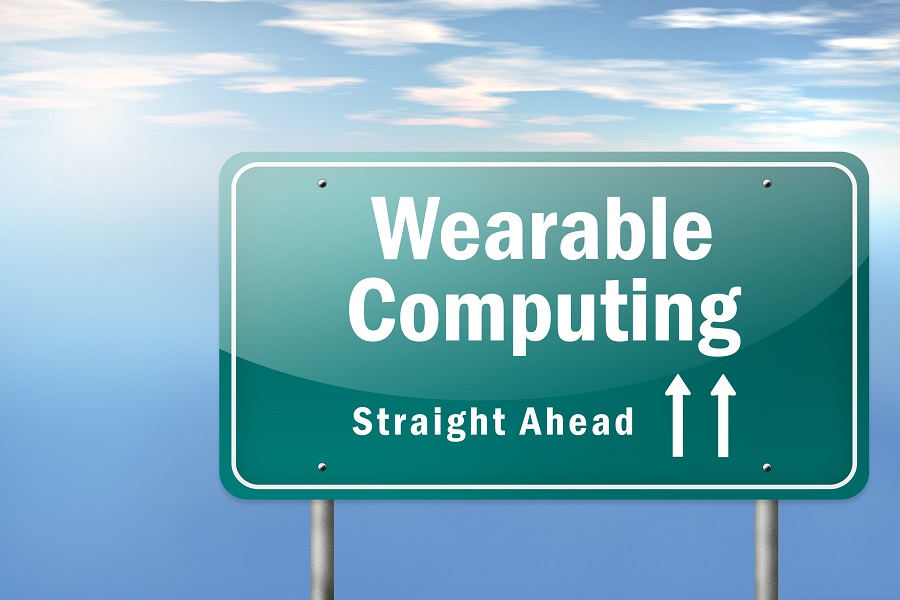Microsoft patents tech to combat employee stress
Based on biometric data, the patented technology computes an employee’s "anxiety score"

Microsoft’s new patented feature focuses on employee health and well-being and suggests a break when workers become stressed.
In its patent titled “Emotion Detection From Contextual Signals For Surfacing Wellness Insights,” the tech giant describes a “wellness insights service” that amasses biometric data from a range of wearable devices, including fitness trackers, digital assistants, and smartwatches.
Blood pressure and heart rate monitoring data obtained from wearables helps detect an employee’s stress levels during work tasks, like drafting and reviewing an email, attending meetings, and more.
If the system determines the anxiety level associated with a task is above a specific threshold, the wellness insight service may trigger a wellness insight related to the work event.
For example, if the service receives information from an email application indicating a user spent more time reading an email from a manager than a predefined threshold, the user's blood pressure and heart rate for that particular time will be evaluated.
The wellness insight solution may “additionally or alternatively include recommendations for increasing a user's wellbeing when experiencing stressful work events.”
For instance, if taking a long time to read an email is an anxiety cue, a wellness insight could be “Consider taking a break and coming back to it later." What’s more, insights can surface at set times and days.
Get the ITPro daily newsletter
Sign up today and you will receive a free copy of our Future Focus 2025 report - the leading guidance on AI, cybersecurity and other IT challenges as per 700+ senior executives
RELATED RESOURCE

The people factor: A critical ingredient for intelligent communications
How to engage employees in digital transformation
Additionally, the service may include natural language processing models to categorize language inputs into angry, happy, and indifferent tones.
“It has become common for enterprises to make substantial investments in their employees' health and wellbeing,” said Subramanian Ramakrishnan, principal group engineering manager at Microsoft.
“Enterprises understand that such investments are worthwhile because they are better able to retain talent. Additionally, the work product from healthy and happy employees is generally better. In an enterprise workplace, emails are a primary mode of communication, and a great deal of employee time is spent interacting with email clients. Email-related anxiety is a pressing problem that impacts employee productivity and health,” Ramakrishnan added.
-
 Bigger salaries, more burnout: Is the CISO role in crisis?
Bigger salaries, more burnout: Is the CISO role in crisis?In-depth CISOs are more stressed than ever before – but why is this and what can be done?
By Kate O'Flaherty Published
-
 Cheap cyber crime kits can be bought on the dark web for less than $25
Cheap cyber crime kits can be bought on the dark web for less than $25News Research from NordVPN shows phishing kits are now widely available on the dark web and via messaging apps like Telegram, and are often selling for less than $25.
By Emma Woollacott Published
-
 Healthcare wearables could ease burden on NHS
Healthcare wearables could ease burden on NHSNews Experts suggest that the Internet of Things could help with patient overcrowding
By Adam Shepherd Published
-
 NHS hires Martha Lane Fox to boost patients’ use of digital technologies
NHS hires Martha Lane Fox to boost patients’ use of digital technologiesNews Baroness of Soho will develop proposals on improving digital adoption for NHS users
By Joe Curtis Published
-
 You'll need a prescription for Google's next health wearable
You'll need a prescription for Google's next health wearableNews Google has revealed a health-tracking wristband that may only be available via your GP
By Caroline Preece Published
-
 How wearables and Wi-Fi could save the NHS billions
How wearables and Wi-Fi could save the NHS billionsNews NHS England eyes technology upgrade to help it tackle predicted £22 billion funding gap
By Joe Curtis Published
-
 Wearable Technology Show 2015: That was the show that was
Wearable Technology Show 2015: That was the show that wasIn-depth We round up the most interesting products from London's wearables expo
By Adam Shepherd Published
-
 10 inventions & discoveries looking to change the world
10 inventions & discoveries looking to change the worldIn-depth From turning sewage into water to the development of the hoverboard. What have we got to look forward to?
By Khidr Suleman Published
-
 Wearable tech & the risk it poses to enterprise data
Wearable tech & the risk it poses to enterprise dataIn-depth Davey Winder explains why IT directors need to wise-up about including wearables in their organisation's BYOD security policies
By Davey Winder Published
-
 Wearable technology: Productivity tool, or spy watches?
Wearable technology: Productivity tool, or spy watches?In-depth Wearable technology is set to be a strong seller over the holiday season, but firms need to consider the security issues
By Stephen Pritchard Published